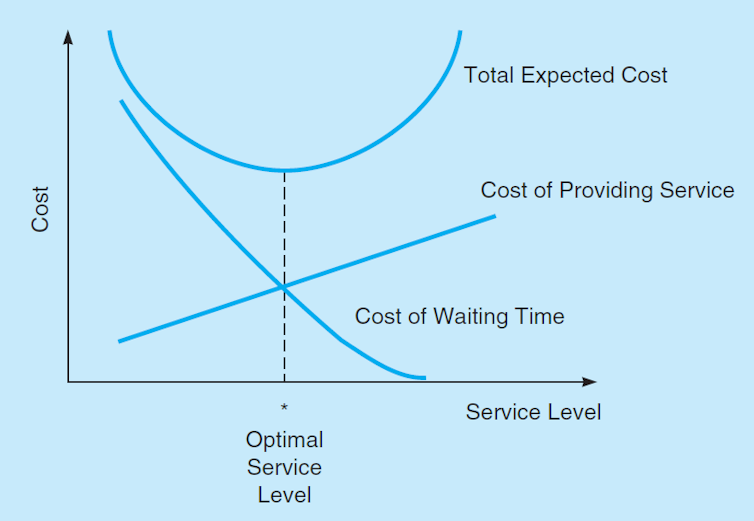So, in order to test the impact of land use restrictions, ultimately you need some natural experiment where land use change was more permissive in some neighbourhoods than others, and where that assignment to permissive land use change was applied randomly. In a new working paper, Gerard Dericks (Oxford) and Hans Koster (Vrije Universiteit Amsterdam) use the World War II bombing of London ('the Blitz') as a tool that provides the necessary randomisation (they also have a non-technical summary of their paper here). The buildings that were hit by bombs during the Blitz were effectively random, and after controlling for the distance to the Thames and areas that were specifically targeted by Germans during the Blitz, Dericks and Koster show that the density of bombs was also effectively random. If you doubt this, consider that Battersea Power Station (probably the most important target in London) suffered only one very minor hit, and no bridge over the Thames was struck in the whole of the Blitz. If bombing was non-random, then these high-profile targets would have suffered much worse.
How does this relate to land use regulations? Buildings and neighbourhoods that suffered more bombing were more able to be rebuilt with less restrictive land use. That means that areas with higher density of bomb strikes were randomly assigned to less restrictive land use, and so Deriks and Koster use that to test the effect on land rents and employment density. They find:
...a strong and negative net effect of density frictions on office rents: a one standard deviation increase in bomb density leads to an increase in rents of about 8.5%... Back-of-the-envelope calculations highlight the importance of density frictions: if the Blitz bombings had not taken place, employment density would be about 50% lower and the resulting loss in agglomeration economies would lower total revenues from office space in Greater London by about $4.5 billion per year, equivalent to 1.2% of Greater London's GDP or 39% of its average annual growth rate.Areas with greater density of bomb strikes, and hence less restrictive land regulation, have taller buildings, higher land rents, and greater employment density. None of this is terribly surprising, but the size of the effects are very large.
These results should be of broader interest, especially in other cities where land use restrictions appear to be holding back development, like Auckland. If you think that Auckland and London are too dissimilar in restrictive land use, consider this small example: Auckland protects view shafts to volcanic cones; London protects view shafts to St Paul's Cathedral.
Some land use restrictions are good and necessary. However, they don't come without cost, and this cost in terms of lost employment and output needs to be taken into consideration.


